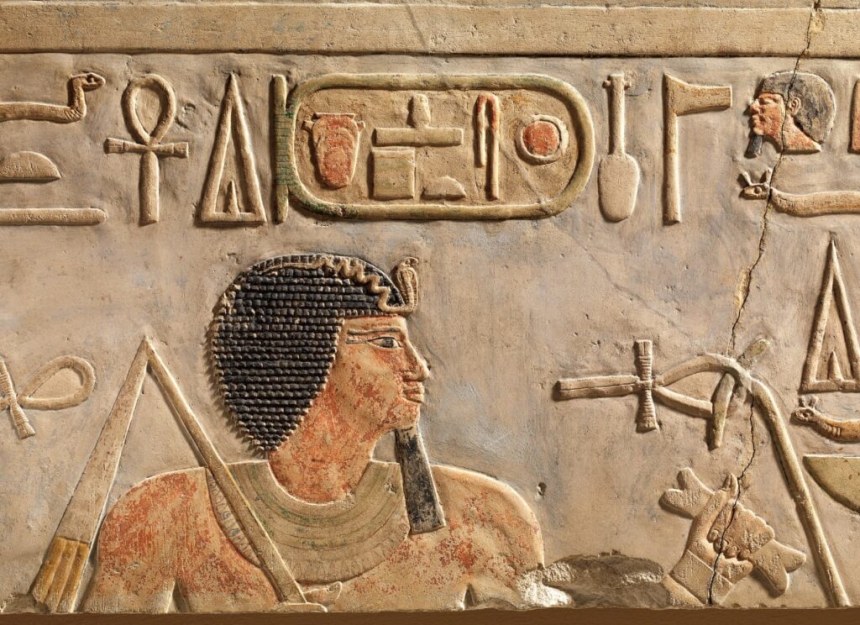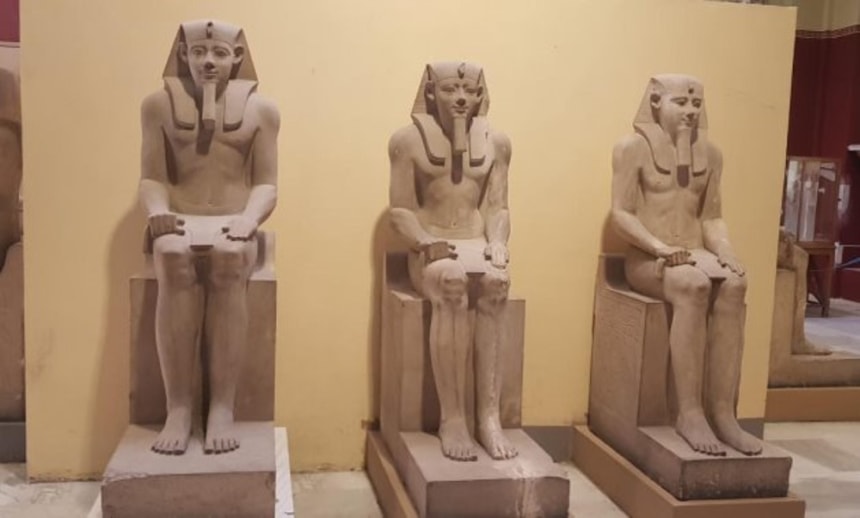
Middle Kingdom of Egypt
Egypt was reunited, but things had changed. Pyramids were smaller, and there was less wealth in the hands of the rulers. However, the middle class gained access to consumer items such as jewellery and books (in scroll form).
Pharaohs strengthened their borders by building fortresses in the western and eastern delta to keep invading Libyans and peoples of the Levant, respectively. In Nubia, the Egyptians maintained or expanded extensive outposts dating back to the Old Kingdom.
The Middle Kingdom of Egypt is also known as the “Reunification period”, and it started from 2050 BC until 1710 BC. This period begins with the eleventh dynasty under the reign of Mentuhotep II and stretches until the thirteenth dynasty. Osiris became the most important deity during this kingdom of Egypt.
The Beginning of the Middle Kingdom of Egypt
Although the Middle Kingdom of Egyptian history is generally considered to include the entire XI Dynasty, it began with the reunification of the country by Mentuhotep II. The sovereign managed to maintain firm control over the kingdom, even after replacing many governors and transferring the capital to Thebes; the pharaoh had his funeral monument built in Deir el-Bahari.
The Twelfth Dynasty of Egypt Middle Kingdom
The twelfth dynasty began with the first Pharaoh of this dynasty, Amenemhat I (1991 BC to 1962 BC), moving the capital of Egypt to a new town called Itjawy, possibly near the necropolis at Lisht. This measure was taken to reduce the political centrality of Thebes to promote the unity of the kingdom. On the other hand, prominence was given to the cult of the Theban god Ammon.

Senuseret maintained prosperity and safety for 45 years and retrieved all the territories lost in the first intermediate period.
Amenemhat II (1929 B.C.E. – 1895 B.C.E) was able to make trade connections with Nubia and restored the nomarch governers once again.
Senusret II (1897 B.C.E. – 1878 B.C.E) created trade connections with Palestine and Levent. Followed by Senusret III (1878 B.C.E – 1839 B.C.E), a fierce warrior-king who led his army across Nubia, where he built many forts and built many temples in Egypt.
Amenemhet III, finally, continued the policy implemented by his predecessors and extended the cultivable areas, completing the reclamation of the Fayyum region and initiating a vast agrarian reform, and intensified trade towards the Near East regions.
The End of the Middle Kingdom of Egypt
The thirteenth & Fourteenth dynasties are known to be when a chaotic decline of culture started to occur, and the foreigner settlers from the East known as the Hyksos began to gain more power over Egypt. By the beginning of the second intermediate period, the Hyksos were already ruling Egypt.


